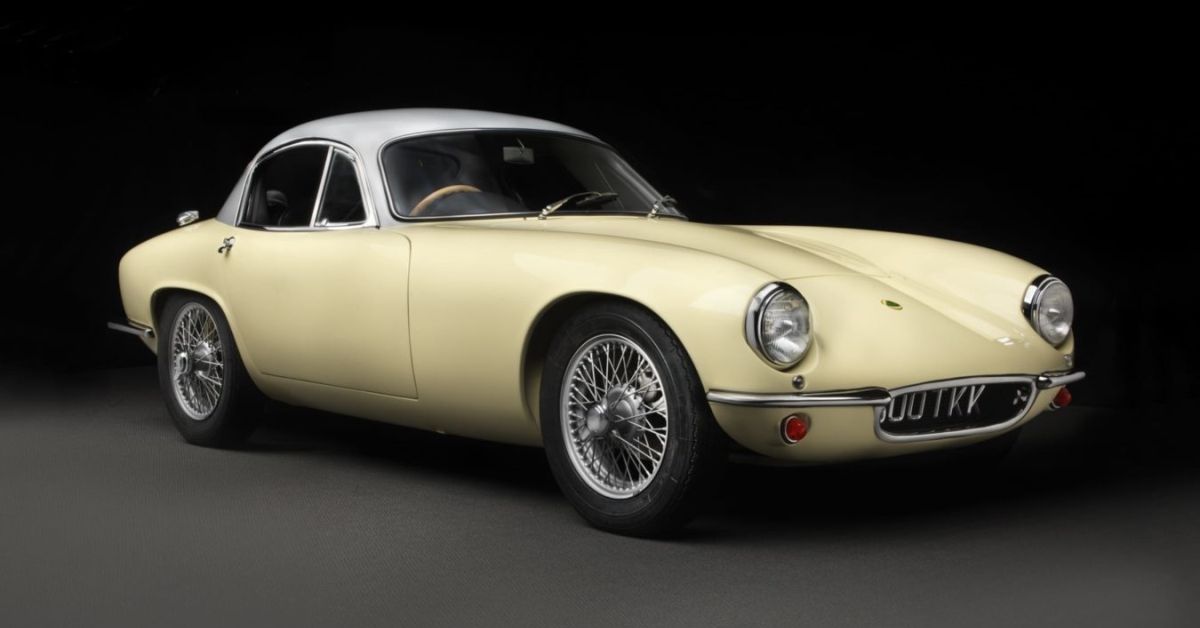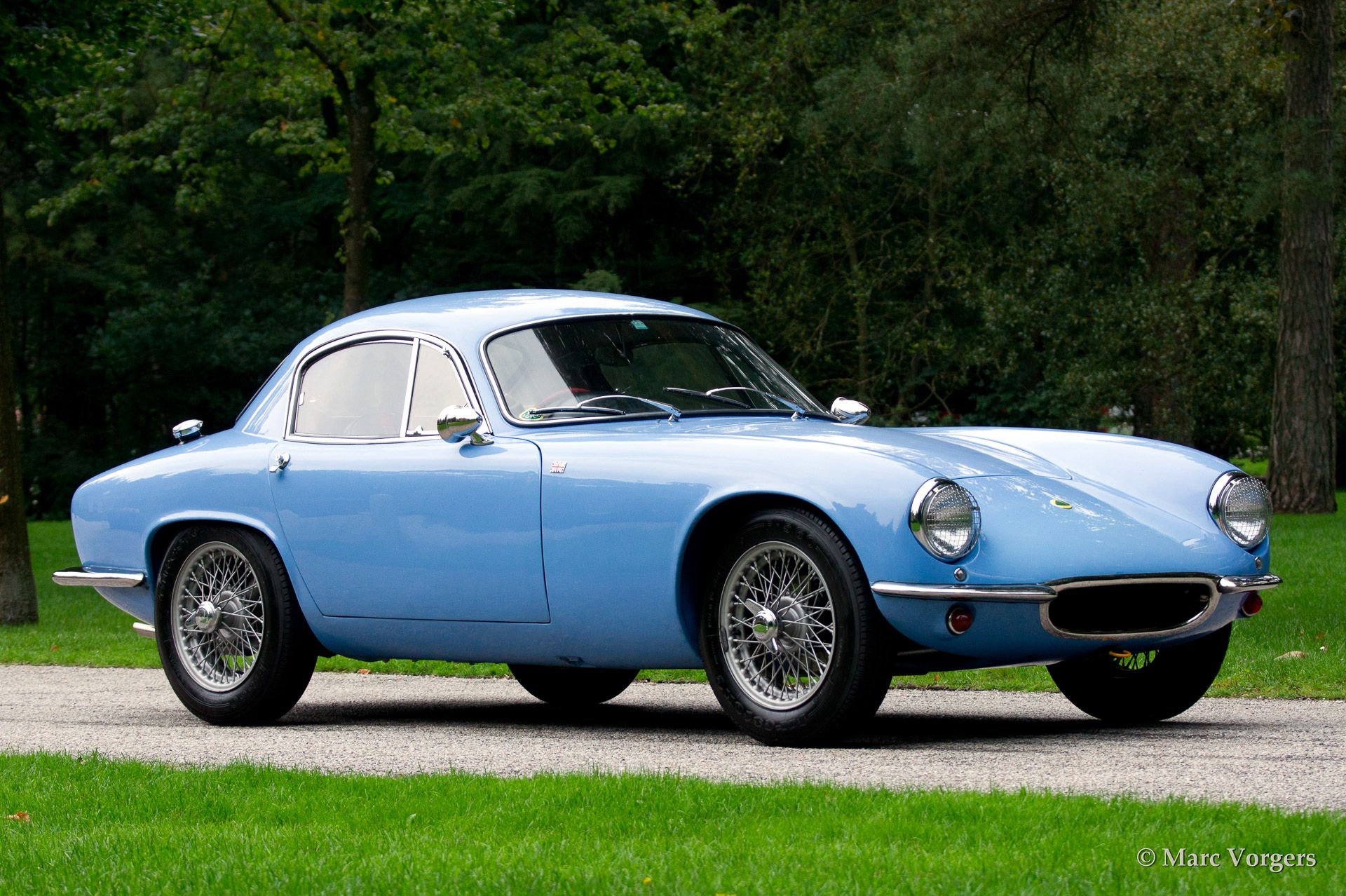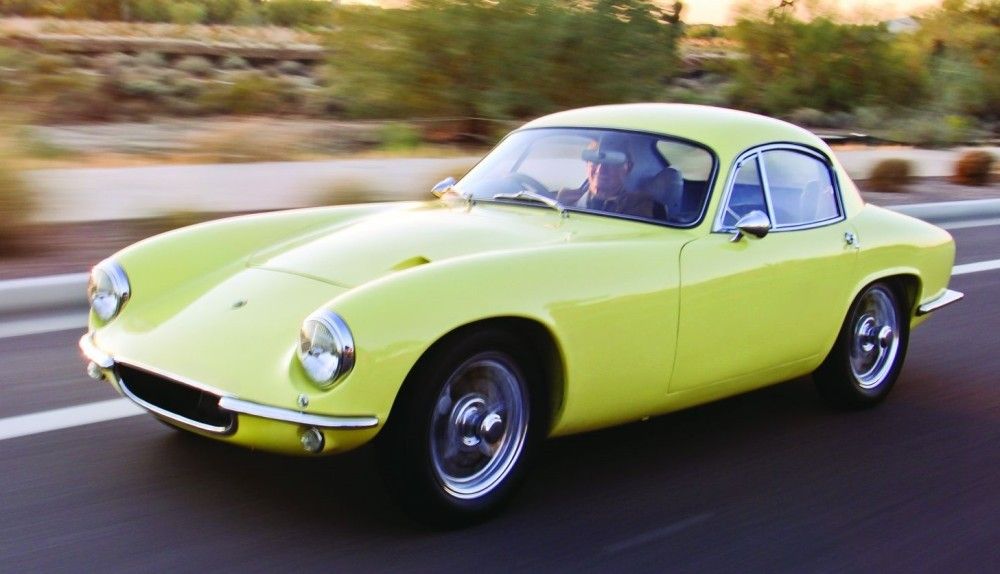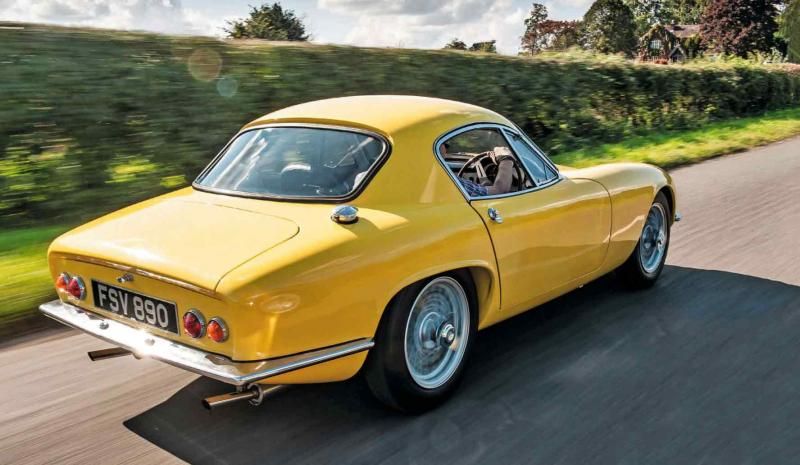When it comes to producing great sports cars, few do it better than Lotus. Okay, that is a subjective statement, but Lotus does produce some absolutely brilliant cars. Whilst they are never the absolute fastest or the most powerful, what they do have is unbelievable agility that allows them to be thrown into the corners, with you knowing full well it will be able to handle anything thrown at it. The best bit to is that Lotus is very much still in the game right now, and has produced iconic machines such as the Esprit, Exige, and Elise.
One Lotus that is very much forgotten about is that of the Elite. And you would certainly be forgiven for never hearing about this car. The Elite gave Lotus a great deal of trouble in the 1950s and the early 1960s, so much so that the company would lose money on every single one ever sold, and barely a thousand have ever been built. But despite all that, this car ultimately led to the highly successful Elan, and it has a story that certainly warrants being told. This then is the story of the Lotus Elite, a sports car that is very much often forgotten about.
Chapman's Ambitions
Colin Chapman, the Lotus founder, loved going racing. Indeed, it is often said that the only reason he ever built road cars is so that they would generate much-needed cash flow to fund his racing team. But Chapman would certainly try hard to make a car good, and the Elite would prove to be, at the time, one of the most advanced road cars in the world, and indeed the first road car ever produced by Lotus. When it made its debut at the 1957 London Motor Show, it instantly drew in a lot of attention, and it had plenty of distinctive features as well.
Most innovative and distinctive perhaps was the car's fiberglass monocoque construction. What this turned out to be was a stressed-skin glass-reinforced unibody, that replaced the previously separate components of the body and chassis. This meant that the Lotus Elite had the world's first composite monocoque. What would be called the Type 14 internally was certainly quite the advanced machine, even more so when you realize this was the first road car for Chapman and Lotus, and the innovations did not stop there.
Innovations And Performance
The Elite featured independent suspension throughout as well as the famous Chapman Struts at the back of the car, struts that were so long that they would poke up in the back of the car and the tops could actually be seen through the rear window. The car had remarkably advanced aerodynamics for the time and, Lotus using some of their motorsport prowess to good effect in that area, and the front suspension had actually been lifted from the Lotus Formula II car. So racing was in the car's DNA, and it inevitably would end up racing.
Under the hood of the Elite was the Coventry Climax FWE inline-four engine that produced 75 hp. That might not sound a lot, but thanks to the lightweight body, the car was not only stiffer than a normal car but also lighter, and this gave the Elite remarkable sports car-like performance and handling. It was a superb machine to drive and a beautiful one to look at. A higher performance SE version was even introduced in 1960 with twin SU carburetors and a fabricated exhaust manifold, that saw engine output increased to 85 hp. All in all, along with the Super 95, 100, and 105 models, it looked like Lotus had a winner.
Persistent Problems
There were, however, a few drawbacks to the car. Early body construction was done by Maximar Mouldings, but the first 250 examples all had problems, so thus the Bristol Aeroplane Company took over the construction of the car body units. Then there was the rather annoying vibration that occurred at 4,000 rpm and some pretty terrible quality control, although probably still better than that of Tesla. Then there was the cost. It wasn’t too expensive. But it was too cheap. And this meant that Lotus lost money on every single one sold. It was simply too advanced for its own good, and barely 1,000 units were produced by the time production ended in 1963.
The Lasting Legacy
So, what have new now learned about the Lotus Elite? Well, quite frankly, its one of Britain’s best sports cars. No, really, it is. Because its unique build-structure paved the way for more like it, and the lessons Lotus learned with the Elite meant they had a better understanding of what they were doing when they built the incredible Elan, without a doubt one of the company’s greatest-ever cars. The Elite is now one of the rarest Lotus cars in existence, and it certainly deserves its story told more than it is right now. And to this very day, Lotus is very much still going strong building road cars. And it all started with the incredible Elite.
Sources: Revs Institute, Classic Car Garage, Driver Car, Simply Sports Cars, Classic Car Auctions







